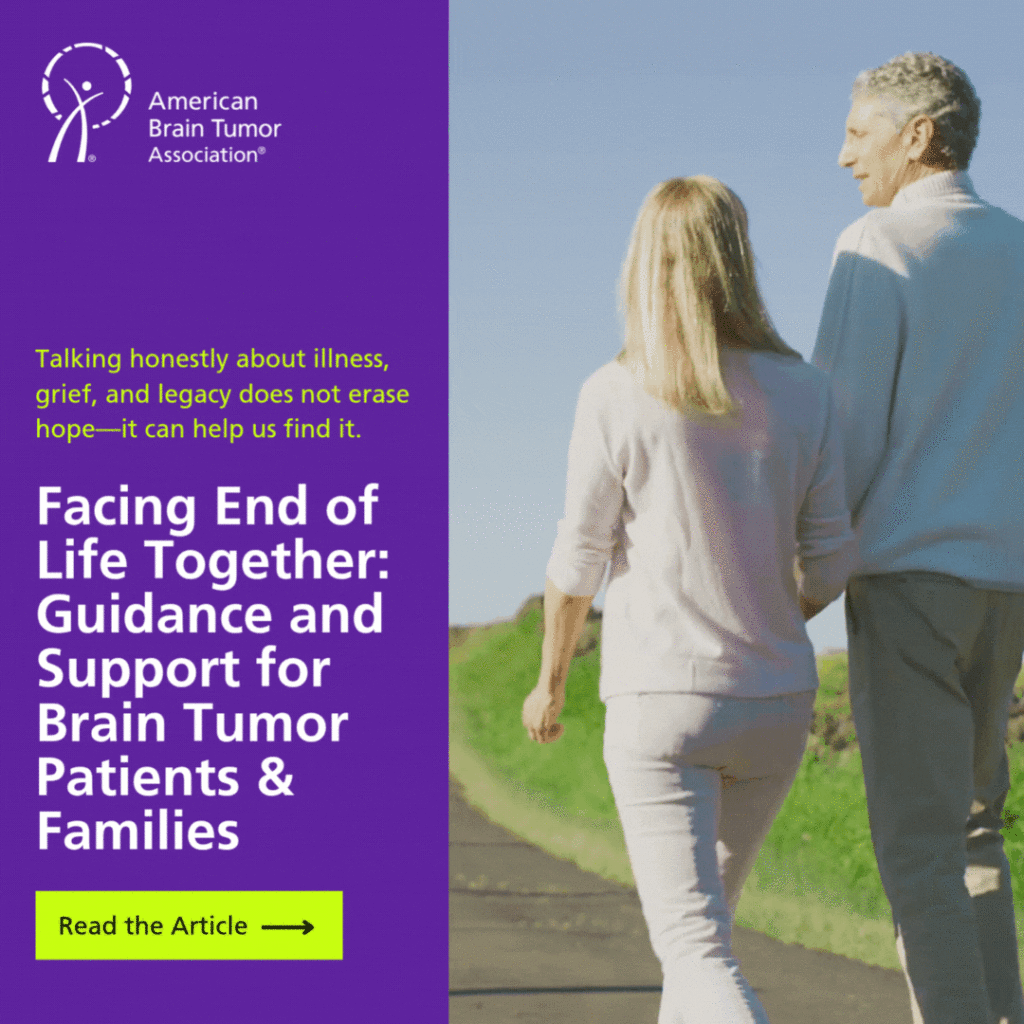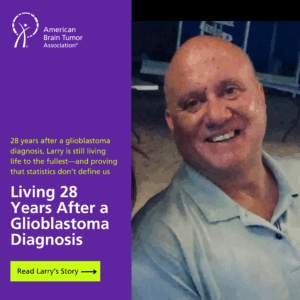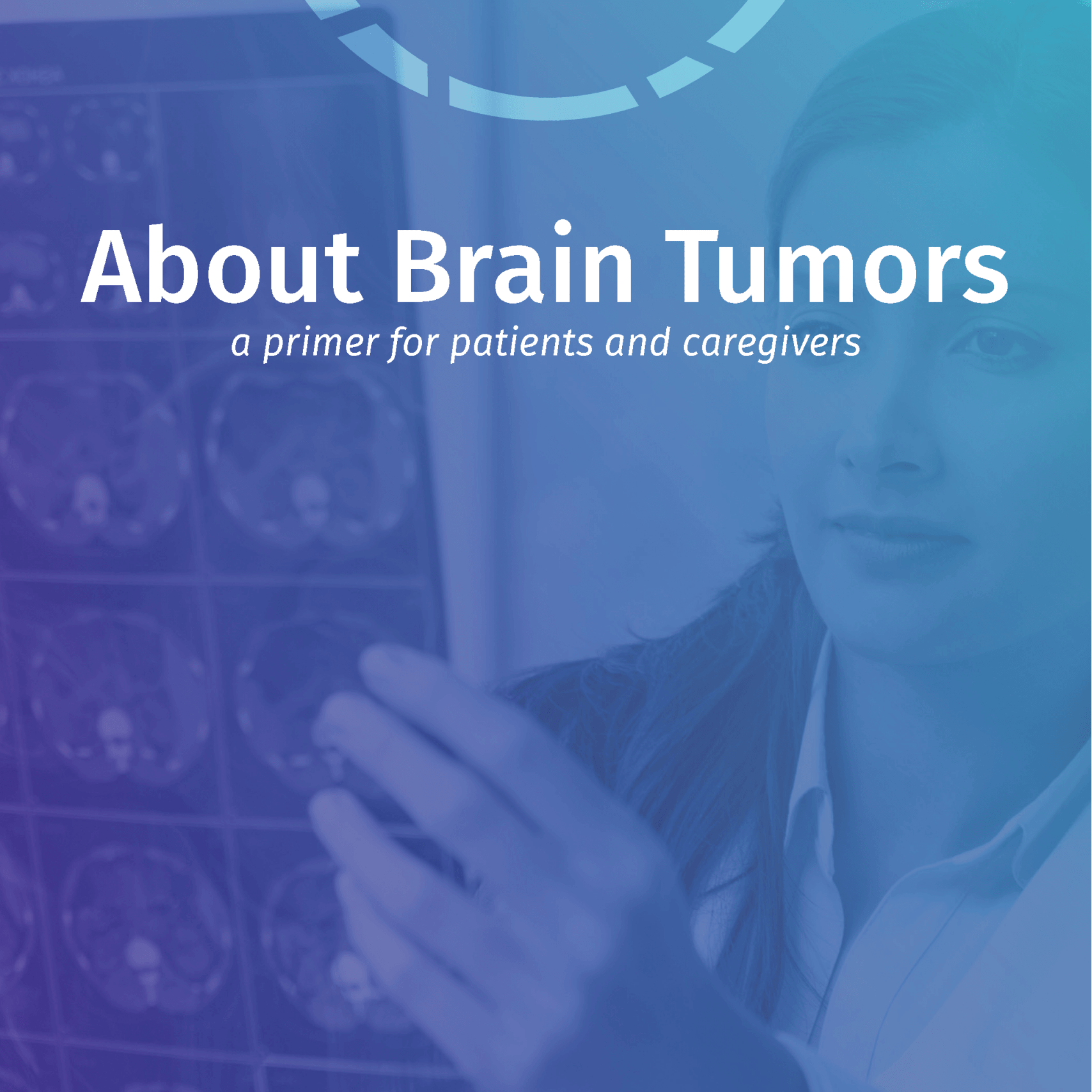Disclaimer: The American Brain Tumor Association (ABTA) provides this information as a service. It is not a substitute for medical advice, diagnosis, treatment, or other health care services. Always discuss your specific needs with your physician or care team.
When a brain tumor diagnosis changes treatment goals or introduces end-of-life care, families often feel scared, overwhelmed, and unsure where to turn. In an ABTA webinar, Dr. Erica Sirrine, Director of Social Work at St. Jude Children’s Research Hospital, shared practical, compassionate guidance to help patients and caregivers navigate this difficult time with dignity, clarity, and hope. Her message was simple and powerful: talking honestly about illness, grief, and legacy does not erase hope—it helps us find it.
Why these conversations matter
End-of-life topics are hard to face. Many of us didn’t grow up discussing illness, death, or grief. That silence can make everything feel unfamiliar and frightening. Naming what’s happening and speaking about it openly can reduce fear, strengthen connection, and create space for meaning. If you need help starting the conversation, it’s okay to ask a social worker, palliative care specialist, chaplain, or another trusted clinician to join you.
Understanding grief—before and after a loss
We often connect grief only with death, but grief also appears with change and uncertainty. A brain tumor diagnosis can bring many losses at once: a sense of “normal,” work or school routines, financial stability, independence, and sometimes changes in thinking, mood, or physical abilities. When losses pile up, the weight can feel heavy. Extending yourself grace matters—these reactions are normal.
Anticipatory grief is the pain we feel before a loss. Knowing it has a name can be validating. People may move through disbelief, anger, sadness, worry, or moments of acceptance—but not in a tidy order. Grief is not a checklist. It’s a human response that shifts day to day.
It also helps to distinguish grief from mourning. Grief is the deep sorrow we feel inside. Mourning is how we move those emotions outward—through talking, writing, creating art or music, praying, or simply sitting with someone who listens. That “movement” is healing.
Hope can change shape—and still stay strong
Hope is not the opposite of reality. It is the antidote to despair. Research and lived experience show that people often hold both hope and awareness at the same time. Early on, hope may focus on cure or more time. Later, hope can evolve toward comfort, peace, time together, meaningful moments, or the chance to say things that matter. Hope that changes shape is still hope.
Opening the door to honest connection
Families often “walk on eggshells,” each worried about upsetting the other. Bringing the unspoken into the open can lead to closeness and relief. You might start with simple prompts: “What feels most important right now?” “What would make the next weeks or months feel meaningful?” “How do you want to be remembered?” If speech or language is difficult, offer yes/no choices, use a tablet or writing, or reflect back what you know about the person’s values and ask for a nod or gesture.
For children, use concrete, age-appropriate language. Prepare them for what they might see or hear in the hospital. Clear words like “dying” and “death”—though hard to say—reduce confusion and stigma. Schools and community grief centers can provide added support.
Legacy as love in motion
Legacy is not only an end-of-life topic. We create it every day in how we show up for one another. When illness limits time or energy, legacy work can restore a sense of control and purpose while strengthening bonds that last.
Many people choose:
- Legacy videos or audio messages. Record stories, life lessons, and wishes for loved ones. Speak to specific milestones—first day of school, a future wedding, a tough day when encouragement will help.
- Letters and journals. Handwritten notes or digital messages can be opened on birthdays, holidays, or “just because” days.
- Keepsakes and “linking objects.” A ring, recipe book, tool set, scarf, or favorite mug can carry ongoing connection. Naming these gifts now—and the stories behind them—adds meaning.
- Creative expressions. Poems, songs, art, handprints, or heartbeat recordings set to a favorite tune can become treasured touchstones.
- Intentional moments. A sunrise in the garden, a picnic by the lake, a movie night with favorite pizza. If big trips aren’t possible, small rituals still hold enormous power.
These actions don’t erase sadness. They honor love, make space for mourning, and help families carry that love forward.
When wishes differ
Sometimes a person doesn’t want a memorial or celebration, while family members feel they need a gathering. It helps to separate honoring their wishes from meeting your needs for support. You can keep things simple, private, or framed as a time for the living to comfort one another—perhaps with the person’s favorite food or music—while still respecting what they asked.
Caring for yourself
The brain and body work hard under stress. Fatigue, foggy thinking, irritability, restlessness, or trouble sleeping are common, and they’re not personal failures. Gentle routines—hydration, fresh air, short walks, supportive friends, counseling, faith practices—can steady you. Try to lean on the people in your “helpful third,” those who sit with you without trying to fix what cannot be fixed.
Taking a first step
If you’re unsure where to begin, pick one small action today. Tell someone, “I love you, and here’s why.” Ask your care team to connect you with a social worker or palliative care specialist. Choose a keepsake and share its story. Open a voice-memo app and record a two-minute message to a child, partner, or friend. Small steps create momentum—and moments of peace—when life feels uncertain.
ABTA is here for you
The ABTA offers trusted, patient-friendly education and live webinars designed for brain tumor patients, caregivers, families, and friends. Explore upcoming sessions, watch past recordings, or reach out for personalized help. Visit abta.org, email [email protected], or call the ABTA CareLine at 800-886-2282. If you joined the webinar highlighted here, please share feedback—your ideas help shape future programming.
Even when illness limits what’s possible, love and legacy remain. As Winnie-the-Pooh reminds us, “If there ever is a tomorrow when we are not together… even if we’re apart, I’ll always be with you.” In end-of-life care for brain tumor patients and families, those continuing bonds are real, strong, and worthy of every conversation we’re brave enough to have.
To see more of our past webinars, please click here.










